Dreaming of soaring through the skies as a commercial pilot? It’s an exhilarating journey filled with opportunities and a rewarding career that awaits. Whether you’re drawn to the thrill of flying or the prospect of a dynamic lifestyle, the path to becoming a commercial pilot is within reach. Here’s your comprehensive guide to navigate this exciting career choice.
Understanding Key Terms
Before diving into the world of commercial aviation, familiarize yourself with some essential terms:
- ATPL (Airline Transport Pilot Licence): This license is required to command a commercial aircraft weighing over 5,700 kg or carrying more than 9 passengers.
- EASA (European Aviation Safety Agency): Governs aviation safety, certification, and regulation in Europe.
- UK CAA (United Kingdom Civil Aviation Authority): Oversees commercial and civil aviation within the UK.
Training Routes
There are two primary training routes to consider:
Integrated Route: This route offers a streamlined approach, completing all training within approximately 18 months. While it ensures a swift path to obtaining your license and commencing your career, it often requires a significant upfront financial investment. Additionally, due to the intensity of the course, working simultaneously might not be feasible.
Modular Route: Opting for the modular route provides flexibility without compromising industry standards. It can be completed within a year or spread out over several years, allowing you to balance training with other commitments. Theoretical components can be studied online, with exams taken at designated centers, while practical flight training is conducted at flight schools.
Scholarships and Cadet Schemes
Flight training can be costly, but several airline cadet schemes and scholarships are available to alleviate financial burdens. These programs offer financial assistance to aspiring pilots, making the journey to a commercial license more accessible. Explore various opportunities to find the one that suits your needs.
Attending Events
Events like Pilot Careers Live provide invaluable insights into different flight schools and training programs. Attendees can interact with representatives from various schools, explore their offerings, and connect with current trainees. It’s an excellent opportunity to gather information and make informed decisions about your training path.
Choosing the Right Flight School
Finding the perfect flight school is crucial to your success. Conduct thorough research, seek recommendations from experienced pilots, and visit potential schools to get a feel for their environment and instructors. Ask pertinent questions to ensure the school aligns with your goals and preferences.
Good questions to ask when you are at these schools are:
- What is the aircraft availability?
- What is the instructor availability?
- Will you be able to have the same instructor throughout my training?
- What are the payment terms?
- Is the airport busy?
- Is the airport open at weekends?
- What aircraft type would you be learning in?
- Does the school have an overseas base?
- What links to airlines the school has / what airlines have previous trainees now been employed with?
- What help will I get after training in terms of preparation for airline assessments?
Next Steps
Once you’ve selected a flight school, consider scheduling a trial lesson to experience the teaching style firsthand. For those pursuing the integrated route, attending open days or taster sessions is recommended. Consistency in training is key, so aim to book lessons close together to maintain progress.
Whether you opt for the integrated or modular route, remember to consider factors like weather conditions and school facilities when planning your training. With dedication, perseverance, and the right training, you’ll be well on your way to achieving your dream of becoming a commercial pilot. So, spread your wings and embark on this exciting journey into the world of aviation!
























